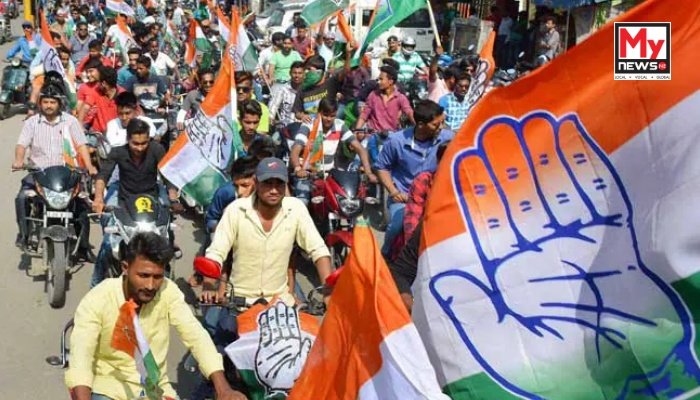Assam’s Rural Pulse: First Phase of Panchayat Elections Set for May 2 After Heated Campaign Ends
Guwahati: The vibrant and often charged campaigns for the first phase of the Assam Panchayat Elections 2025 drew to a close on April 30, setting the stage for polling on May 2.
This initial phase will determine the local leadership in 14 districts across the state, namely Tinsukia, Dibrugarh, Charaideo, Sivasagar, Majuli, Jorhat, Golaghat, Dhemaji, Lakhimpur, Sonitpur, Biswanath, Cachar, Hailakandi, and Sribhumi.
Voters across these districts will participate in a significant exercise of democratic power, electing representatives to the Gaon Panchayat (GP), Anchalik Panchayat (AP), and Zila Parishad (ZP) tiers.
Notably, this election marks a departure from recent trends, with the process relying on traditional ballot papers rather than Electronic Voting Machines, a return to paper-based voting for these crucial rural governance bodies.
To facilitate this extensive electoral process, over 25,000 polling stations have been established, ready to receive approximately 1.8 crore eligible voters.
A substantial deployment of more than 1.2 lakh polling personnel is planned to ensure the elections are conducted in a fair, transparent, and secure manner.
In this first phase alone, the electorate will choose from a vast pool of candidates vying for a total of 21,920 Gaon Panchayat seats, 2,192 Anchalik Panchayat seats, and 397 Zila Parishad seats. The eligibility criteria for these positions included mandatory educational qualifications—a minimum of Class 10 pass for GP candidates and Class 12 pass for those contesting for AP and ZP seats.
Furthermore, a rule barring individuals with more than two living children born after March 2018 was implemented.
The campaigning period witnessed fervent rallies and strategic outreach by various political parties. The ruling BJP-led NDA has already secured a notable advantage by winning 325 seats uncontested, including 37 ZP and 288 AP seats.
Meanwhile, the Congress and other opposition factions voiced concerns over alleged misuse of government resources and focused their campaigns on promises of strengthened MGNREGA implementation, wage increases, and the completion of pending rural housing projects.
With the Model Code of Conduct now strictly enforced, 88 official observers have been deployed to meticulously monitor the electoral proceedings.
As the first phase concludes, all eyes now turn to the second phase of polling, scheduled for May 7 across 13 other districts, with the counting of votes for both phases anticipated on May 11.
Read More: Shillong-Silchar High-Speed Highway Project Approved, Set to Transform Northeast Connectivity

